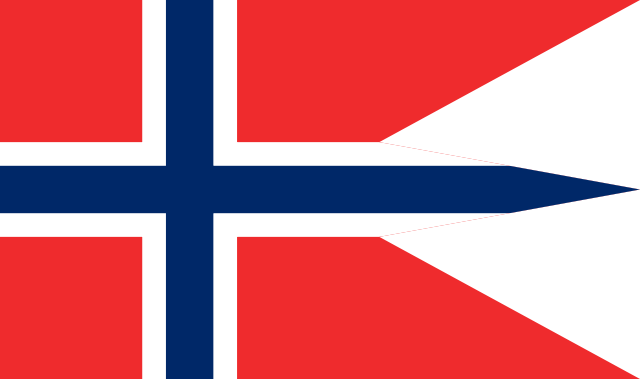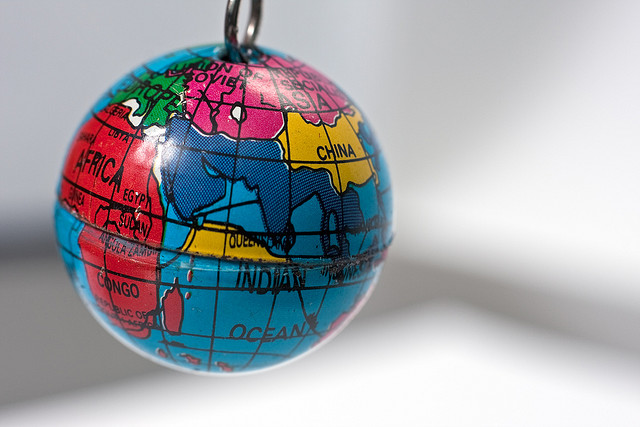The Global AgeWatch Index, which rates the quality of life provided to elderly people by every country, was released yesterday. The country that offers the best quality of life to people over 60: Norway.
Pension coverage played a big role in the index’s ratings. From the Associated Press:
The Global AgeWatch Index, released on Tuesday, was compiled by HelpAge International, a London-based nonprofit with affiliates in 65 countries. Its mission is to help older people challenge discrimination, overcome poverty and lead secure, active lives.
The 13 indicators measured in the index include life expectancy, coverage by pension plans, access to public transit, and the poverty rate for people over 60. Scores of countries were not ranked due to lack of data for some of the criteria, but HelpAge said the countries included in the index are home to about 90 percent of the world’s 60-plus population.
Switzerland, Canada and Germany joined Norway and Sweden in the top five. The United States was eighth, Japan ninth, China 48th, Russia 65th and India 69th.
[…]
The new report devotes special attention to the issue of pensions and their role in helping older people remain active and self-sufficient. It praised several Latin American nations, including Bolivia, Peru and Mexico, for steps to extend pension coverage even to older people who did not contribute to pension plans when they were younger. Peru’s government established a means-tested pension program in 2011 that gives the equivalent of about $90 every two months to older people living in extreme poverty.
According to HelpAge, only half the world’s population can expect to receive even a basic pension in old age. It urged governments to move faster to extend pension coverage as their elderly populations swell.
Afghanistan ranked last.

